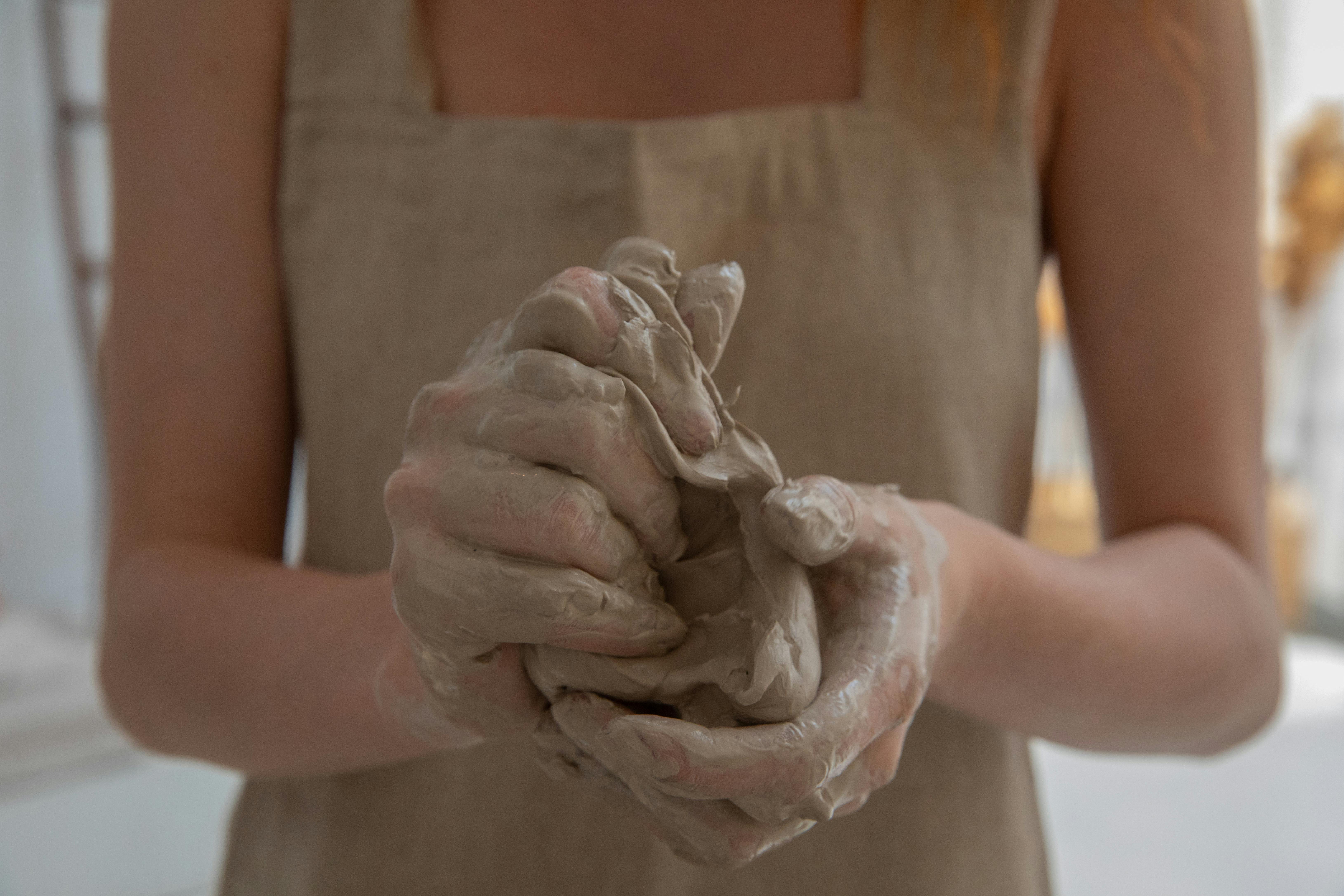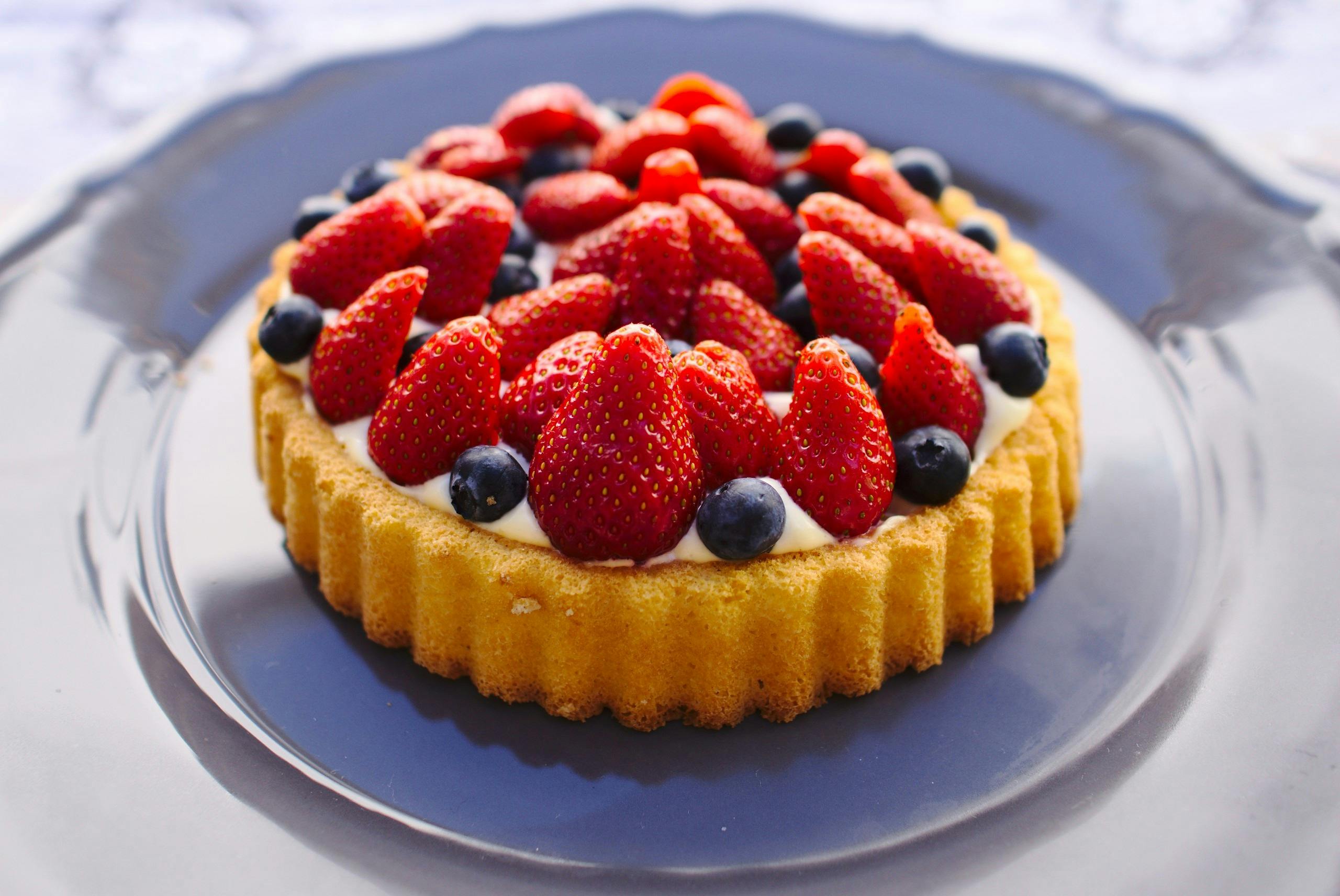Making your own blueberry extract is easy and can be used in a variety of recipes to add wonderful flavor. Blueberry extract is similar to vanilla extract and can be used in muffins, cakes, pies, pancakes, creams, frostings, smoothies and more. All you need are fresh blueberries and a few ingredients. With some simple instructions you can make blueberry extract that will add a delicious flavor to all of your favorite recipes.Making blueberry extract at home is a simple process that requires just a few ingredients. Here’s how to do it:
1. Gather the ingredients: You will need 2 cups of fresh or frozen blueberries, ½ cup of vodka, and a clean jar with a lid.
2. Prepare the blueberries: If using fresh blueberries, rinse them off and pat dry. If using frozen, allow them to thaw before proceeding.
3. Place the blueberries in the jar: Add the blueberries to your jar and lightly press them down with a spoon or spatula.
4. Add the vodka: Pour the vodka over the blueberries until they are fully submerged.
5. Seal the jar: Securely close your jar with its lid and give it a good shake to mix everything together.
6. Allow it to steep: Place your jar in a cool, dark place for two weeks so that all of its flavors can blend together nicely. Give it an occasional shake to make sure everything is mixed up evenly throughout this process.
7. Strain your extract: After two weeks have passed, strain your extract through cheesecloth into another clean container and discard any remaining solids from the first jar. Your homemade blueberry extract is now ready for use!
Making Blueberry Extract
Making blueberry extract requires a few pieces of essential equipment. The first is a blender or food processor, which is used to puree the blueberries. Once the blueberries are pureed, they need to be strained through a sieve or cheesecloth to remove any solids. This will result in a smooth liquid that can be bottled and stored for later use.
Bottles and Jars
Bottles and jars are also essential for making blueberry extract. The bottles should be made of glass so that they are airtight and free from contaminants. Mason jars with lids are ideal for this purpose, as they provide an airtight seal that will keep the extract fresh for longer periods of time.
Strainer
A strainer is also necessary when making blueberry extract. This can be either a metal mesh strainer or a cheesecloth, depending on how fine you want your extract to be. For smoother extracts, it’s best to use cheesecloth, as it will remove all solid particles from the liquid.
Labels
Finally, labels are essential when making your own blueberry extract. Labels allow you to clearly identify each bottle so that you can keep track of your different batches of extract and know which one you’re using when needed.
Picking The Blueberries
Picking blueberries is an enjoyable activity for many people. The best time to pick blueberries is in the summer months when the weather is warm and sunny. It’s important to choose ripe blueberries, which should be deep blue in color and slightly soft to the touch. When picking, make sure to leave some of the smaller berries on the bush as they will continue to ripen later in the season. You should also avoid picking any berries that are still green as they will not ripen properly.
Storing The Blueberries
Once you’ve picked your blueberries, it’s important to store them properly so that they stay fresh for as long as possible. The ideal way to store them is in a container such as a plastic or glass jar with a lid. It’s important to keep them out of direct sunlight and away from any sources of heat such as a stove or radiator. If you’re going to be storing them for more than a few days, it’s best to remove any stems or leaves from the berries before putting them in the container.
Cleaning The Blueberries
Before eating or using your blueberries, it’s important to clean them properly first. The easiest way to do this is by rinsing them in cold water and then gently patting them dry with a paper towel or kitchen cloth. Make sure not to use too much pressure when cleaning the berries as this can damage their delicate skin and lead to spoilage more quickly. You can also lightly brush off any dirt or debris from the berries with a soft brush if necessary.
Preparing The Blueberries
Once your blueberries have been cleaned, you can prepare them for eating or cooking with however you’d like! They can be eaten raw, used in smoothies or baked goods, added into salads or even cooked into jams and jellies – whatever you decide! For baking recipes, it’s best to lightly toss your berries with some flour before adding them into your cake batter so that they don’t sink down during baking. Enjoy!
Freezing The Blueberries
Freezing blueberries is a great way to preserve them for use in recipes, smoothies, and snacks throughout the year. Freezing blueberries is an easy process that takes only a few minutes of preparation time.
Once you have picked or purchased fresh blueberries, rinse them in cold water and spread them out on a baking sheet lined with parchment paper or wax paper. This will help ensure the blueberries freeze evenly and don’t stick together. Place the baking sheet in the freezer for several hours or overnight until the blueberries are completely frozen.
Once frozen, transfer the blueberries to an airtight container or resealable bag and store them in the freezer until you are ready to use them. It is important to make sure that all air is removed from the container before storing it in order to prevent freezer burn and keep your blueberries fresh for longer.
When you’re ready to use your frozen blueberries, allow them to thaw at room temperature before adding them to recipes or eating them as a snack. You can also add frozen blueberries directly into smoothies without thawing for an added boost of flavor and nutrition.
Macerating The Blueberries
Macerating blueberries is a great way to add intense flavor and sweetness to your favorite recipes. It involves soaking the berries in a sugar syrup, which helps to draw out their natural juices and intensify the flavor. This method can be used on any type of berry, but blueberries are especially well suited for maceration due to their small size and strong flavor. To macerate your blueberries, start by washing them in cold water and patting them dry with paper towels. Once they are clean, combine them with a sugar syrup made from equal parts sugar and water in a bowl or container. Let the mixture sit at room temperature for several hours or overnight, stirring occasionally to ensure that all of the berries are evenly coated. Once the berries have softened and released their juices, strain them through a fine-mesh sieve and discard the solids. The macerated blueberries can then be used as desired in recipes or simply served as is for a sweet treat!

Straining the Mixture
When preparing food, it is important to strain the mixture before serving or storing it. Straining helps to separate solids from liquids in a mixture, as well as remove any unwanted particles. It is a simple process that can be done using a variety of tools, such as a sieve, colander, cheesecloth, or coffee filter.
When using a sieve or colander to strain a mixture, simply place the tool over a large bowl and pour the mixture into it. The solids will remain in the sieve while the liquid passes through and is collected in the bowl below. When using cheesecloth or coffee filter, simply place the material over the top of a bowl and pour in the mixture. As with the sieve or colander, this will help to separate out any unwanted particles while collecting all of the desired liquid in one place.
Straining is an important step when preparing many types of food items. It can help to ensure that you are getting all of the desired flavors and textures from your dish without any unwanted particles detracting from its overall quality. Whether you are making soup, gravy, or stock, straining your mixture is an essential step for creating delicious dishes every time.
Reducing the Liquid
Reducing the liquid is an important step in many recipes. It involves boiling a liquid to evaporate a portion of it, thereby concentrating the flavors and intensifying the taste. Reducing liquids can be used in making sauces, soups, stews and other dishes. To reduce a liquid, you need to heat it over medium-high heat and let it simmer for an extended period of time until it has reached the desired consistency. It is important to stir occasionally and scrape down any foam or skin that forms on top of the liquid while reducing.
When reducing a sauce or stew, make sure not to reduce too much or else you may end up with a thickened paste instead. Also, some ingredients may not benefit from being cooked for too long as they can lose their flavor or become bitter. To avoid this, add delicate ingredients such as herbs and vegetables towards the end of the cooking process. Once reduced, transfer your sauce or stew immediately to another container before it cools down and thickens further.
Reducing liquids can be a great way to enhance flavor in your dishes but should be done carefully with attention paid to flavor balance and texture. If done properly, you will achieve delicious results every time!
Cooling And Storing The Extract
Once the extract has been boiled off, it is important to cool and store it correctly. The extract should be cooled as quickly as possible to avoid any oxidation or contamination. To do this, it can be placed in a shallow container and submerged in an ice bath or cooled in the refrigerator. Once cooled, it should be stored in a sealed container or jar at room temperature away from direct sunlight or heat. This will help to maintain the freshness of the extract and prevent any spoilage. It is also important to label the container with the date of preparation and expiration date so that it can be tracked easily.
It is also recommended that extract be consumed within two weeks of preparation for optimal flavor and quality. Any leftover extract should either be refrigerated or frozen until ready for use again. If freezing, make sure to leave enough space in the container for expansion as liquids expand when frozen. For best results, thaw the extract overnight in the refrigerator before use. Following these steps will ensure that your extract remains fresh and flavorful for as long as possible!

Conclusion
Making blueberry extract is a great way to capture the flavor and nutrients of blueberries in a convenient form. It only requires a few simple ingredients and can be made in minutes. The extract can be used to flavor many foods, such as cakes, pies, muffins, and smoothies. It can also be used to make delicious drinks or added to yogurt or oatmeal.
When making the extract, it is important to use high-quality ingredients for the best taste and flavor. The extract should also be stored in an airtight container in the refrigerator, as it will spoil quickly if not kept cold.
Blueberry extract is an easy and tasty way to enjoy blueberries all year round. With its myriad of uses, it’s sure to become a staple in your kitchen!



